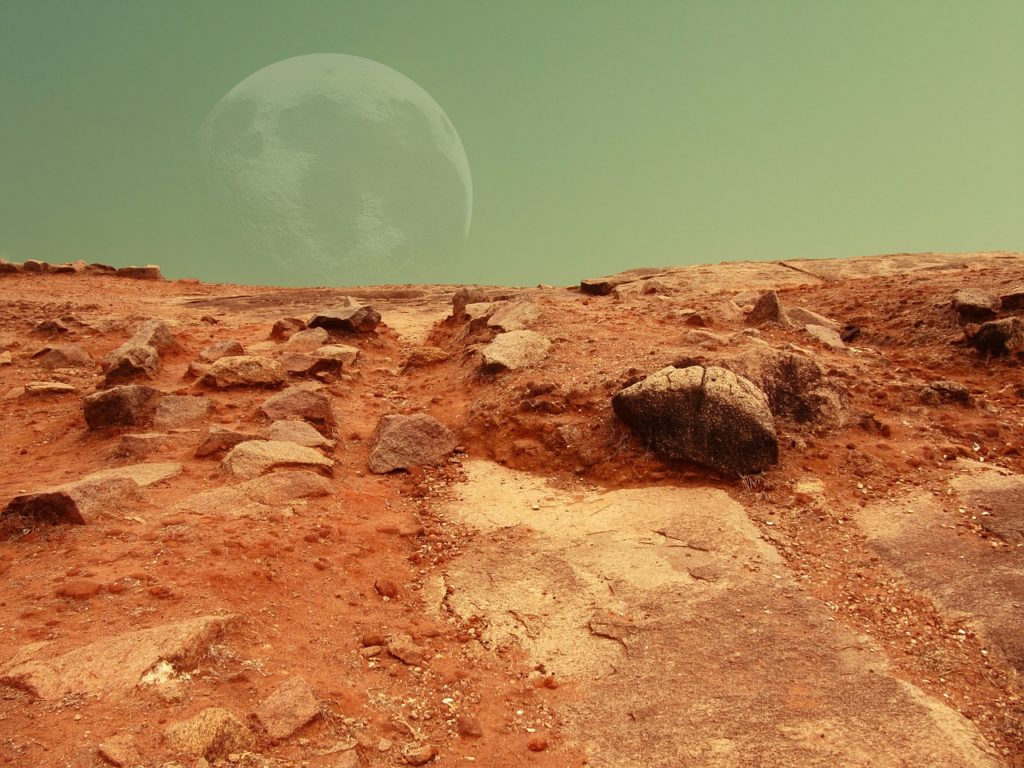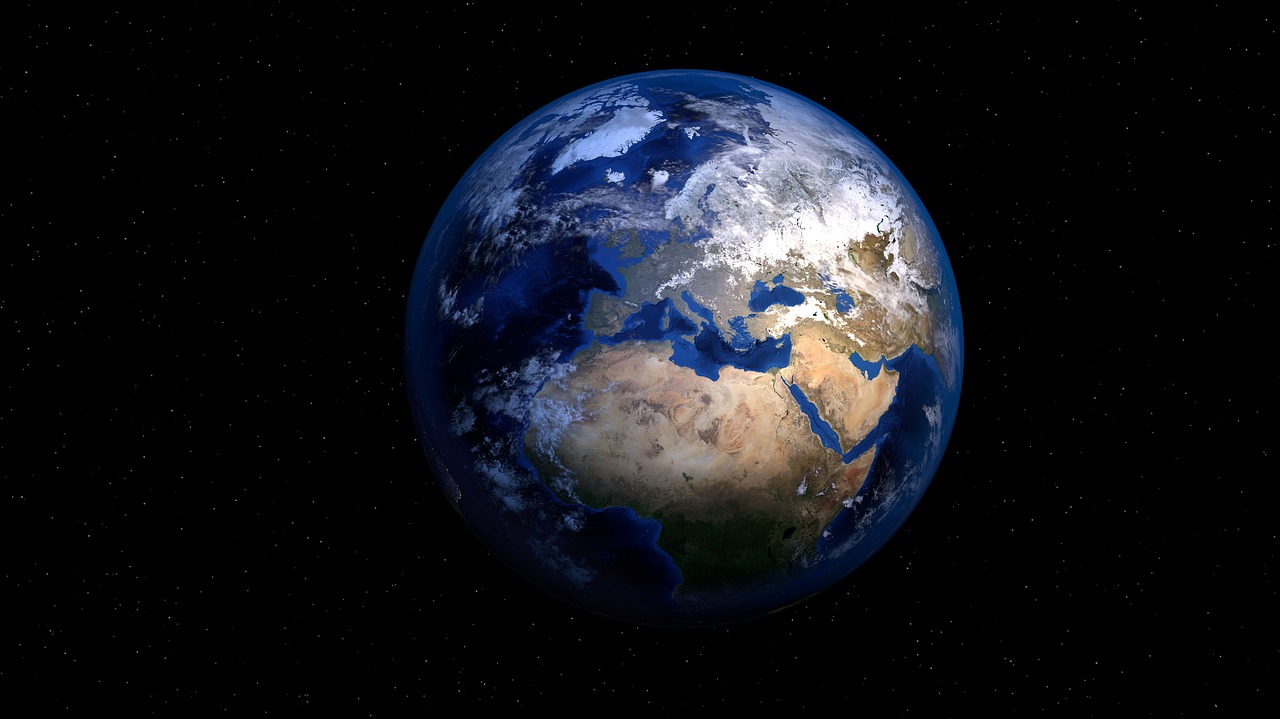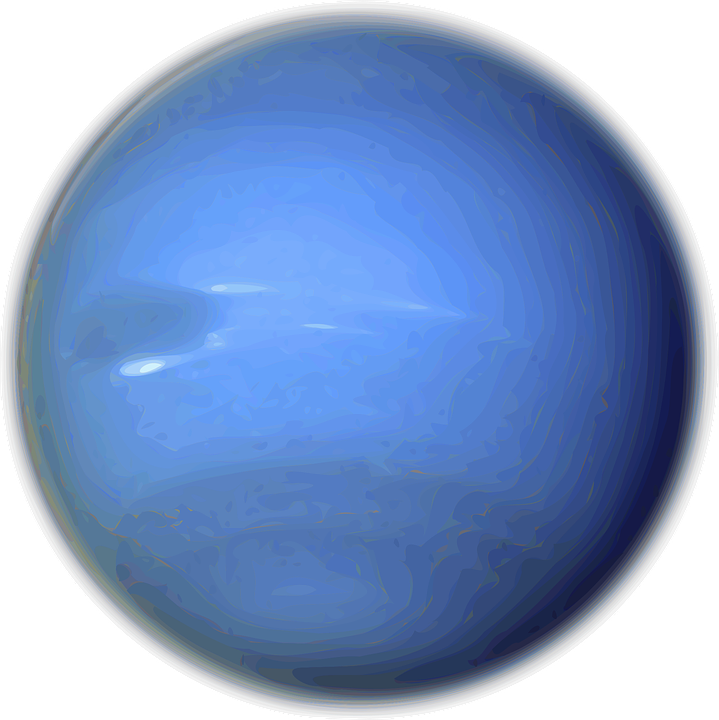
Which planet is called the evening star?
Venus reflects sunlight so well that it shines like a star. But because it is quite close to the sun, we can see it in the evening, just after the sun sets that is why it is also called as Evening Star. We can also able to see it just before sun rise.
How hot is Mercury?
Tempretures on Mercury vary from one extreme to another due to the fact that it has very thin atmosphere to insulate it with. In the day, temperatures could soar up to 420 degree Celsius, and at night it can plunge to low as -180 degree Celsius.

What is the air on Venus?
Venus’s atmosphere could be deadly for humans. It is very deep. So the pressure on the ground is huge. It is made mainly of poisonous carbon dioxide and is also filled with clouds of sulphuric acid.
Could we breath on Mercury?
Not without an oxygen cylinder. Mercury has almost no atmosphere- just a few wisps of sodium , because gases are burned off by the nearby sun.
What does the surface of Mars made up of?
The surface of Mars is more stable than Earth, and there is no rain or any running water to wear down the landscape. It has a volcano called Olympus Mons which is 17 miles (27 km) high –and is approximately three times higher than Mount Everest. It also has a great chasm, discovered by the Mariner 9 space probe and called the Valles Marineris. This is over 4000 km long and four times as deep as America’s Grand Canyon.
Why is Mars Red?
Mars is Red because it is rusty. The surface of Mars contains a high proportion of iron dust, and this dust has been oxidized in the form of Carbon dioxide in the atmosphere.
Is there Life on Mars?
The Viking landers of the 1970s found no trace of life. Then in 1996 microscopic fossils of what might be mini- viruses were found in a rock from Mars. All these analyses do not strongly support the existence of life on Mars.
What are Inner Planets ?
The inner planets are the four planets in the solar systems that are nearest to the Sun. These planets are- Mercury, Venus, Earth, and Mars. These inner planets are small planets and are made up of rocks, unlike the bigger planets further out, which are made mostly of gases. Due to the fact that they are made up of rocks, they have a hard surface where a spaceship could land upon, which is why they are sometimes called terrestrial planets. They all have a thin atmosphere, but each is very different.
What exactly are Saturn's Rings?

Saturn-rings
Saturn’s rings are actually the planets shining halo, it was first seen by Galileo Galilei( 1564-1642), who was the inventor of the first simple telescope in 1609. The rings are made up of countless billions of tiny chip of ice and dust, few bigger than a washing machine and most the size of ice cubes. The rings are incredibly thin- no more than 40 m deep – yet they stretch from 7000 km to 74000 km out into space. One of the Saturn’s rings is as thins as a piece of tissue paper being stretched over a football pitched.
How heavy is Saturn?
Saturn may be a big planet, but because it is largely made up of liquid hydrogen, it also has a remarkable lightweight, with a mass of 600 billion trillion tonnes, if you could manage to find a big pool, big enough to put Saturn into it, then Saturn would float upon it
What is the Cassini division?
Saturns rings are categorized into broad bands referred to by the letters A to G. In 1675 the astronomer Giovanni Cassini spotted a dark gap between rings A and B. This is now called the Cassini division, named after him.
How windy is Saturn?
Saturn’s winds are even faster than Jupiter’s rings and can spin round the planet up to 1800 km/hr. But Neptune’s winds are even faster.
What are Outer planets?
The outer planets consist of planets namely Jupiter, Saturn, Uranus, Neptune, and dwarf planet Pluto. Unlike the other planets, these were completely unknown to ancient astronomer. They are so far away, and so faint, that Uranus was discovered only in 1781, Neptune in 1846, Pluto a dwarf planet in 1930 and Charon as recently as 1978. Uranus and Neptune are gas giants like Jupiter and Saturn.
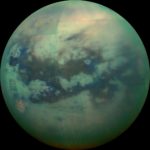
Why are astronomers excited about the Titan ?
One of the Saturn’s moon Titan is very special because it is the only moon in the solar system having a dense atmosphere.
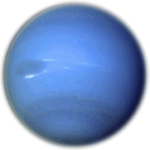
Why is Neptune Greenish blue?
Neptune appears greeny-blue because of the methane gas which is a component of natural gas in its atmosphere.
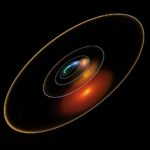
How long does it take Jupiter to orbit the sun?
Jupiter takes 11 years and 314 days according to our Earth’s Calendar to complete its journey around the Sun
How big is the Jupiter?

Comparision of Jupiter and earth's sizes
Jupiter is very and is the biggest planet of our solar system. Even though the Jupiter is largely gas, it weighs 320 times as much as the earth and is 142,984 km in diameter.
Could you land on Jupiter?
No even if our spaceship can handle enormous pressure, due to the fact that there is no surface to land on Jupiter, the atmosphere merges unnoticeably into deep oceans of liquid hydrogen.
How long is a year on Neptune?
Neptune is so far from the Sun, over 4500 million km away, that its orbit takes 165 Earth years. So one year on Neptune lasts 165 Earth years.
What’s so strange about the Uranus?
Unlike any of the other planets in our solar system, Uranus does not spin on a slight tilt. Instead, Uranus is tilted right over by 98 degrees, meaning its axis is tilted nearly 90 degrees with respect to the Sun and rolls around the Sun on its side like a giant bowling ball.

How big is Pluto?
Pluto is very small and is also called dwarf planet in our solar system, which is why it was so hard to spot. It is five times smaller than the Earth, just 2390km across , and 500 times lighter. Pluto is also one of the most coldest planet with -225 degree Celsius.






